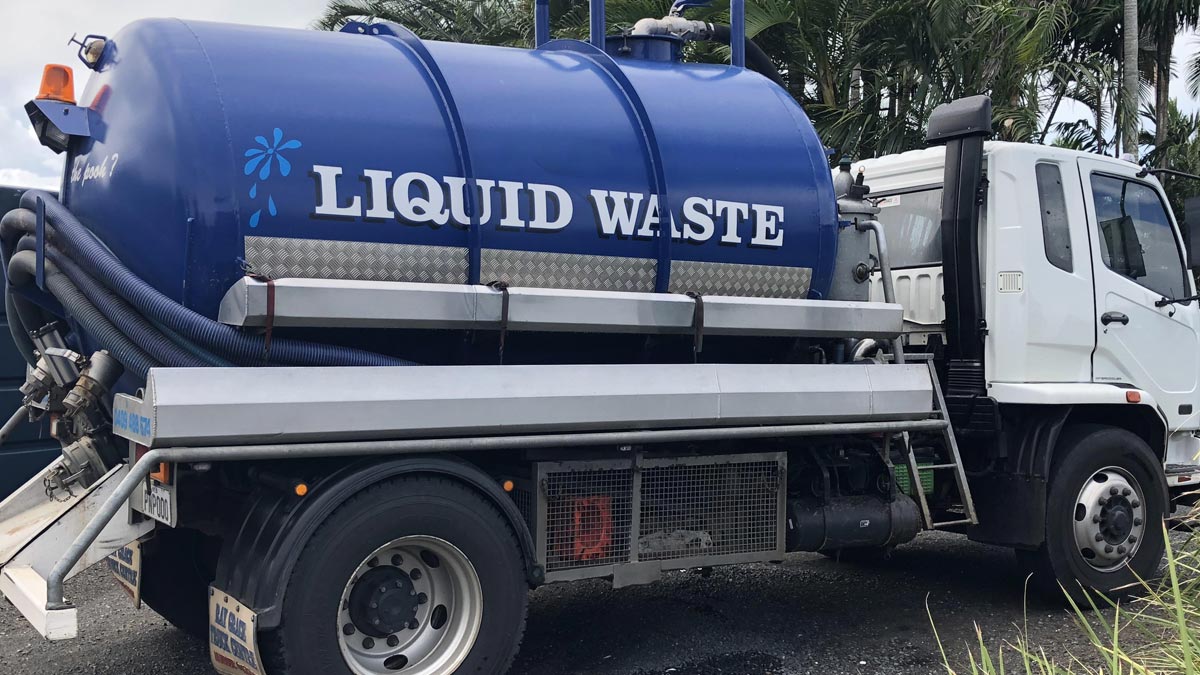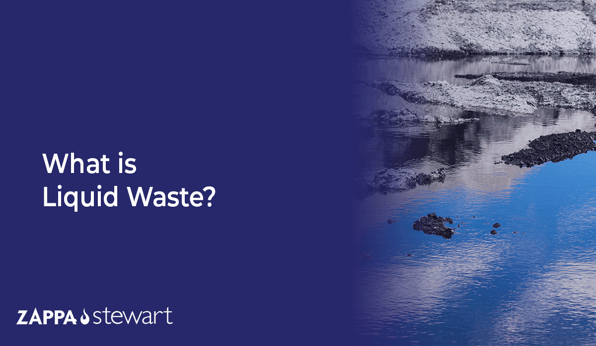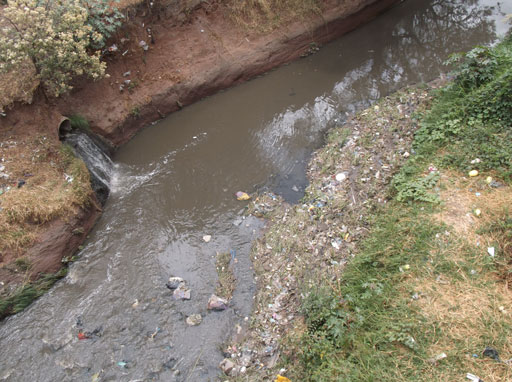Dependable Liquid Waste Disposal Melbourne: Safe and Reliable Services
Dependable Liquid Waste Disposal Melbourne: Safe and Reliable Services
Blog Article
Exactly How Fluid Garbage Disposal Functions: An In-depth Summary of Techniques and Technologies Utilized

Overview of Liquid Waste Kind
The complexity of liquid waste kinds necessitates a complete understanding of their features and ramifications for disposal. Fluid waste can extensively be categorized right into numerous types, including industrial, metropolitan, agricultural, and dangerous waste. Each category displays unique homes, requiring details monitoring approaches to minimize ecological and health and wellness dangers.
Industrial liquid waste stems from making processes and frequently consists of a variety of contaminants, such as hefty metals, solvents, and organic compounds. Local liquid waste, primarily consisting of wastewater from families and business establishments, contains raw material, nutrients, and virus (industrial wastewater treatment). Agricultural liquid waste, including drainage from farms, may consist of fertilizers, chemicals, and pet waste, positioning risks to water high quality and ecosystems
Hazardous fluid waste is characterized by its toxicity, reactivity, or prospective to create harm. Comprehending these varied liquid waste types is vital for developing efficient disposal techniques and guaranteeing conformity with environmental regulations.
Physical Therapy Approaches

Screening is the initial action, where larger fragments and particles are gotten rid of from the liquid waste using displays or grates. In sedimentation storage tanks, larger bits resolve at the bottom, forming a sludge layer, while the made clear fluid can be additional treated.
Filtration is another vital method that includes passing the fluid with porous materials, such as sand or membrane layers, to record smaller fragments. This action boosts the high quality of the liquid, making it suitable for succeeding therapy processes.

Chemical Treatment Methods
Chemical therapy methods are vital for effectively handling liquid waste, specifically in addressing liquified and colloidal impurities that physical techniques might not sufficiently get rid of. These techniques utilize numerous chemical agents to neutralize, precipitate, or change dangerous materials right into less hazardous kinds.
One common method is coagulation and flocculation, where chemicals such as alum or ferric chloride are contributed to promote the gathering of suspended fragments. This process enhances sedimentation, permitting simpler removal of the resulting sludge. Additionally, oxidation processes, employing representatives like chlorine or ozone, are used to damage down complex natural substances and pathogens, rendering the waste more secure for discharge or additional treatment.
Neutralization is one more critical strategy, which adjusts the pH of acidic or alkaline waste streams to neutral degrees, avoiding prospective harm to downstream systems and the setting. Furthermore, progressed oxidation processes (AOPs) make use of mixes of oxidants and ultraviolet light to break down relentless contaminants, attaining a greater degree of therapy effectiveness.
Organic Treatment Procedures
Organic treatment procedures play a vital duty in the monitoring of fluid waste by utilizing microorganisms to disintegrate visit this site right here organic issue and decrease impurity levels. These processes can be extensively classified right into anaerobic and cardiovascular treatments, each utilizing specific microbial communities to achieve effective waste degradation.
Aerobic therapy entails the usage of oxygen to promote the failure of natural materials by germs. This process is commonly implemented in turned on sludge systems, where oygenation storage tanks offer a conducive environment for microbial development, bring about the oxidation of organic pollutants. The resultant biomass can be divided from dealt with effluent with sedimentation.
In contrast, anaerobic therapy happens in the absence of oxygen, counting on various germs to break down raw material. This approach is particularly advantageous for high-strength waste, as it creates biogas, a sustainable energy resource, while minimizing sludge production. Technologies such as anaerobic digesters are regularly utilized in municipal and commercial applications.
Both cardiovascular and anaerobic organic treatments not just lessen the environmental influence of liquid waste yet also facilitate resource recuperation, making them crucial elements of sustainable waste administration strategies. Their effectiveness, versatility, and efficiency sustain their prevalent implementation throughout various fields.
Emerging Technologies in Disposal
Cutting-edge approaches to fluid garbage disposal are swiftly progressing, driven by developments in innovation and an increasing emphasis on sustainability. Amongst these arising technologies, membrane bioreactors (MBRs) have gotten grip for their ability to combine biological therapy with membrane layer purification, resulting in top quality effluent that can be recycled in different applications. MBRs make it possible for smaller sized impacts and more efficient operations compared to standard systems.
One more encouraging growth is using anaerobic digestion incorporated with nutrient recovery technologies, which not only treats liquid waste but likewise produces biogas and recuperates useful nutrients like nitrogen and phosphorus. This twin advantage improves source effectiveness and minimizes ecological effect.
Furthermore, advanced oxidation procedures (AOPs) are being taken on for the destruction of intricate natural contaminants. These techniques use powerful oxidants and catalysts to break down impurities at the molecular degree, supplying a very reliable option for difficult waste streams.
Furthermore, the integration of expert system and artificial intelligence in waste administration systems is enhancing operational efficiency and anticipating maintenance, resulting in reduced prices and enhanced environmental compliance. These modern technologies show a significant change towards more effective and lasting fluid waste disposal practices.
Verdict
In final thought, reliable liquid waste disposal requires a comprehensive understanding of numerous techniques and modern technologies. By continuously advancing these techniques, it becomes feasible to deal with the expanding challenges linked with liquid waste, ultimately contributing to ecological security and source recuperation.
Liquid waste disposal is a crucial element of useful content ecological monitoring, requiring a comprehensive understanding of different methods and modern technologies customized to their explanation different waste types. Liquid waste can extensively be classified right into numerous kinds, consisting of commercial, metropolitan, farming, and hazardous waste. Agricultural liquid waste, including runoff from farms, may include fertilizers, pesticides, and animal waste, positioning dangers to water high quality and ecological communities.
Numerous physical therapy approaches play a critical role in managing fluid waste properly - industrial wastewater treatment.In verdict, reliable liquid waste disposal necessitates a comprehensive understanding of various techniques and technologies
Report this page